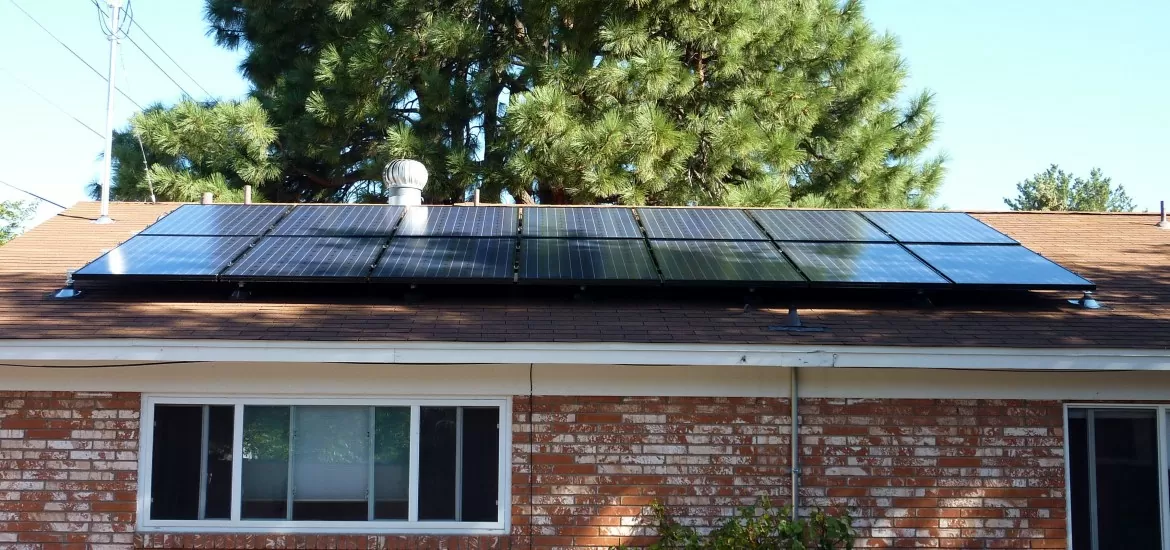Introduction:
Installing solar panels on your residential property is an excellent way to reduce your carbon footprint and save money on energy bills. However, one critical factor that can impact the performance of your solar panels is shading. Shading from trees, nearby buildings, or other objects can significantly reduce the efficiency of your solar system. To ensure maximum energy production and optimize the return on your solar investment, it’s crucial to conduct a shading analysis. In this article, we will guide you through the essential steps of conducting a shading analysis for residential solar panels.
Gather Necessary Tools and Information:
- Solar panel specifications and orientation: Note down the make, model, and tilt angle of your solar panels. Also, identify their orientation (south, east, west, etc.).
- Site survey tools: You will need a compass, a smartphone with a compass app, or a digital inclinometer to determine the azimuth (compass direction) and tilt angle of your roof.
Map the Obstacles:
Begin by mapping out the potential shading obstacles around your property. This includes nearby trees, buildings, chimneys, and any other structures that may cast shadows on your solar panels. Consider the movement of the sun throughout the day and across seasons while identifying these potential shading sources.
Determine the Solar Access Period:
The solar access period is the time when your solar panels receive direct sunlight without any shading obstruction. To determine this period, track the movement of the sun throughout the year. Various online tools and software can help calculate the solar access period based on your location, orientation, and tilt angle.
Create a Shading Diagram:
Using the information gathered in the previous steps, create a shading diagram. This diagram should illustrate the shading patterns on your solar panels throughout the day and across different seasons. This visual representation will help identify the specific times and areas where shading occurs.
Analyze the Shading Impact:
Evaluate the shading impact on your solar panels by considering the duration and intensity of shading during the solar access period. Shading may be partial or complete, depending on the location and height of the obstacle. Assess the impact of shading on the overall energy production of your solar system.
Mitigate Shading Issues:
If shading analysis reveals significant shading issues, it’s essential to take measures to mitigate them. Possible solutions include:
- Trimming or removing trees or shrubs that cast shadows on the solar panels.
- Installing shading structures or devices such as awnings or solar panel optimizers to minimize the impact of shading.
- Adjusting the tilt angle of the panels to reduce the chances of shading or repositioning them if feasible.
Consult with Solar Professionals:
If you encounter complex shading scenarios or are unsure about the best mitigation strategies, consider consulting with solar professionals. They have the expertise to assess your specific situation and recommend optimal solutions to maximize your solar system’s performance.
Conclusion:
A thorough shading analysis is crucial to ensure the optimal performance of residential solar panels. By identifying and mitigating shading issues, you can maximize energy production and increase the return on your solar investment. Remember to regularly monitor your solar system’s performance and conduct periodic shading analyses, especially if new shading obstacles emerge in your surroundings.
Ready to optimize your solar energy system? Connect with Pixit Technowiz today! Our experts in solar PV design will provide the best shading analysis to ensure maximum efficiency. Don’t wait, harness the power of the sun with Pixit Technowiz!

